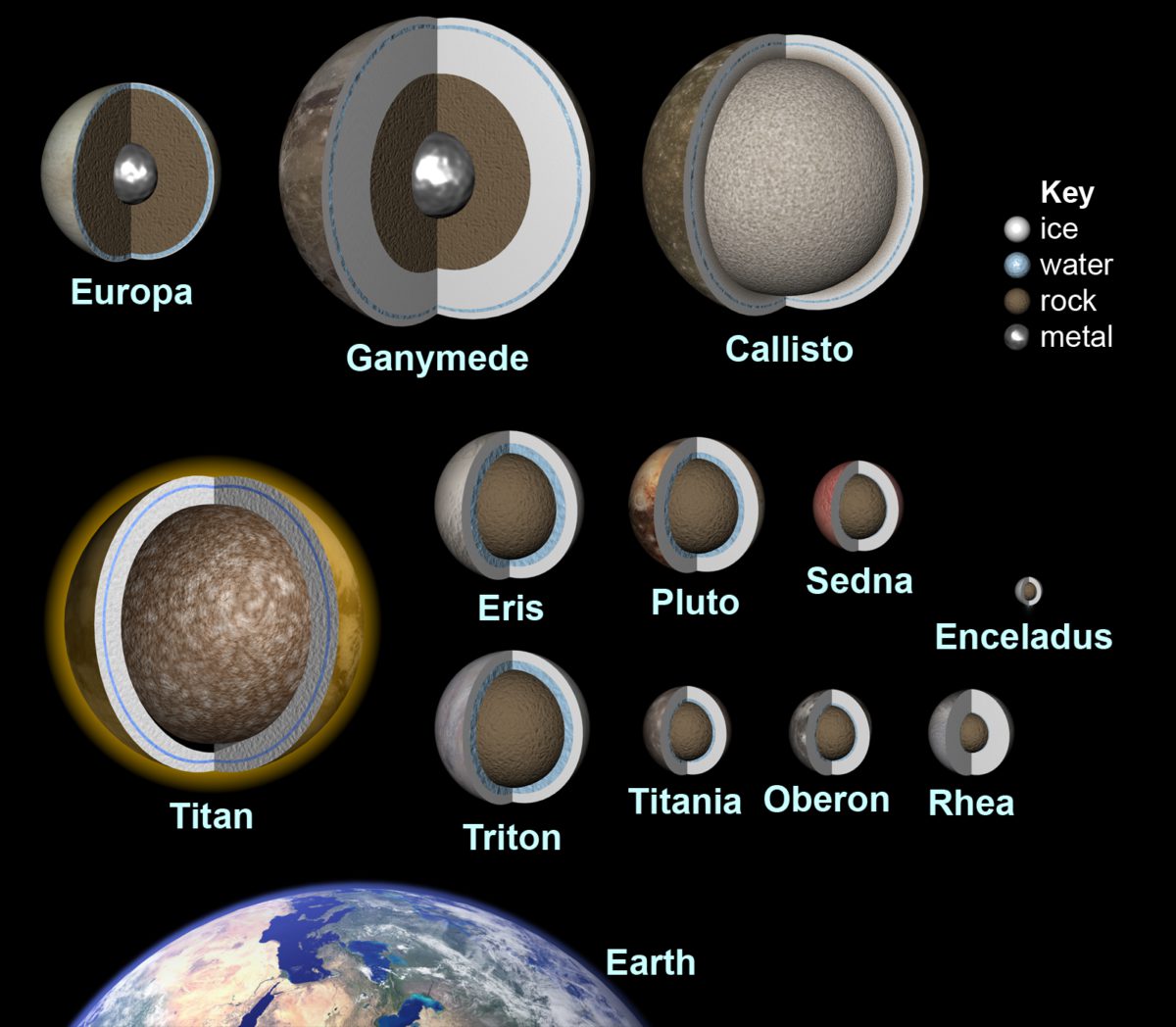Emily Lakdawalla • Nov 08, 2010
Eris might be smaller than Pluto after all (but it's still more massive)
"Eris, the goddess of discord and strife and the most massive dwarf planet, is up to her usual tricks," says Mike Brown, Eris' discoverer. Eris, you may remember, is the thing out there in the Kuiper belt whose discovery precipitated the crisis over Pluto's identity that led to its "demotion" as a planet. Well, on Friday, several astronomers pointed their telescope at Eris to watch it pass in front of a background star. Occultations permit precise measurement of the diameters of distant, faint objects, and it turned out that Eris was much smaller than previously thought, so much so that its diameter may turn out to be the same as, or even smaller than, Pluto's.
For more detail on how these observations were made and interpreted, read Mike Brown's and Kelly Beatty's takes on the story. (Kelly has interviewed Mike as well as several other astronomers for his story.) There's also some personal notes on the observations by Alain Maury.
Eris' mass has been measured independently from its diameter (using the orbits of its moon), and this observation doesn't change the conclusion that Eris is 25% more massive than Pluto. What this means is that Eris and Pluto are very, very different bodies; Eris must have, for reasons no one understands, much more rock and much less ice inside its surface than Pluto does. Here's what we thought they looked like before. Now I guess Eris should be drawn to the same diameter as Pluto, but with a larger rocky core:

Support our core enterprises
Your support powers our mission to explore worlds, find life, and defend Earth. You make all the difference when you make a gift. Give today!
Donate

 Explore Worlds
Explore Worlds Find Life
Find Life Defend Earth
Defend Earth

